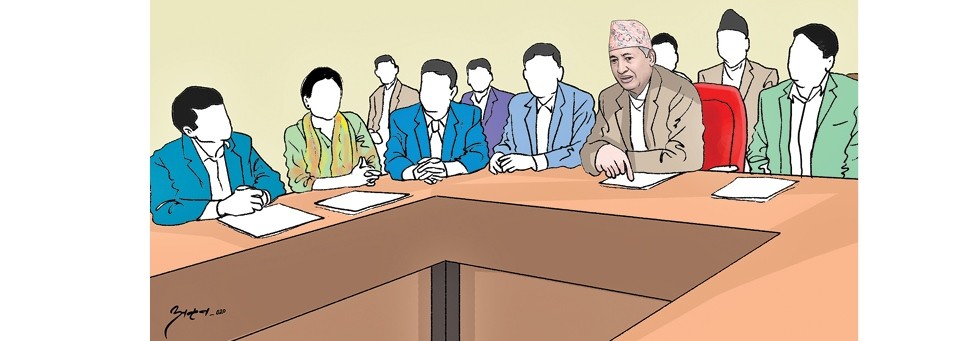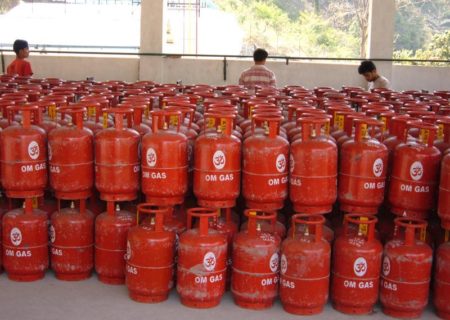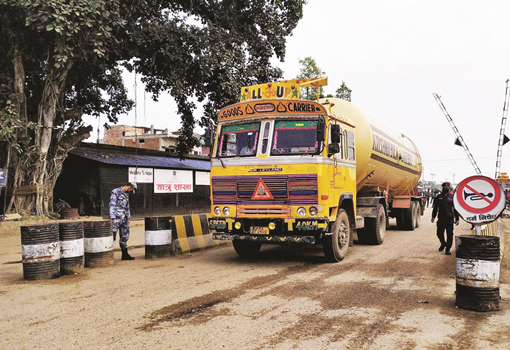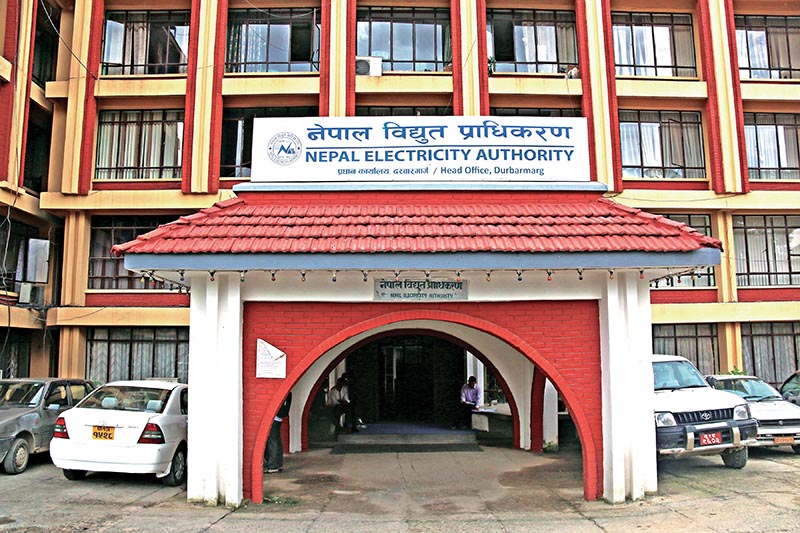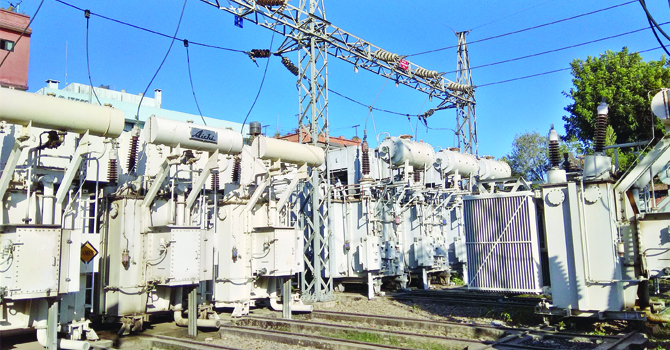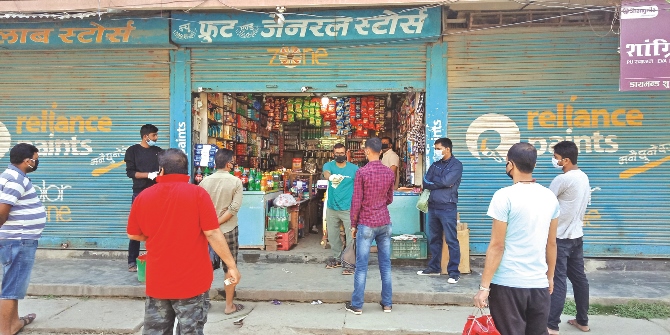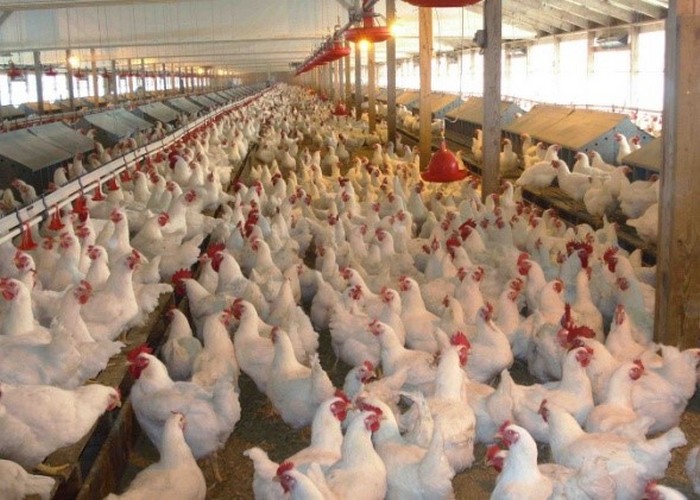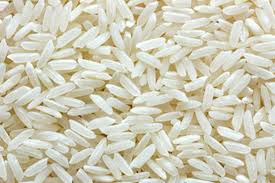Why is Nepal’s export business sluggish?
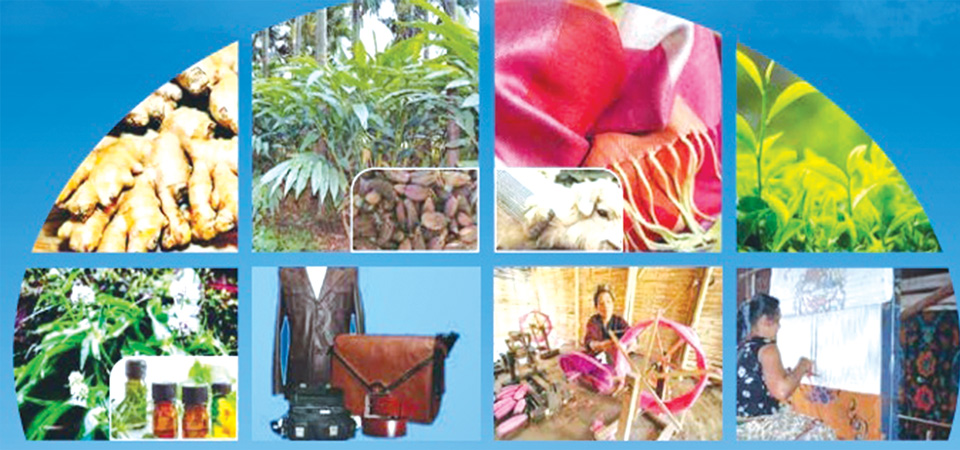
Kathmandu, Feb. 20: Efforts made to promote export to address the widening trade deficit have not yet yielded the desired results. Still, the ratio of export to import is 1:8.41. The share of export in the total foreign trade is at only 10.63 per cent while that of import is at a whopping 89.37 per cent.
Exports crossed one hundred billion marks for the first time in the fiscal year 2020/21, reaching Rs. 141 billion. Similarly, Nepal’s export almost doubled in the first six months of the current fiscal as compared to the same period last year. It rose by 95.48 per cent to Rs. 118 billion against import by 51.13 per cent to Rs. 999 billion.
Although the size of export almost doubled, growing trade deficit has become a big challenge to the country’s economy, thanks to ever rising imports. With soaring imports, foreign currency reserves are depleting rapidly, pushing the balance of payment to the deficits and prompting the central bank to tighten import of some goods.
Surprisingly, import of agricultural products is growing in an agrarian country like Nepal. Their imports are almost twice as high as the country’s total exports. The share of agricultural items in total imports stands at 22 per cent. In six months of the current fiscal year, Nepal imported agricultural products worth Rs. 217 billion while its total export was Rs. 118 billion. Nepal exported agricultural products worth Rs. 83 billion.
In recent years, growth in export of soybean oil and palm oil – which primarily use imported raw materials – has contributed to increased export trade. But, the exports of major products – carpet, readymade garments and pashmina – could not increase. Nepal’s carpet and yarn were popular goods in the international markets in the past.
Poor trade logistics
Poor trade logistics and infrastructure are the major hurdles for export promotion, said Rameshore Khanal, former Finance Secretary.
Trade potential of any country will be strong in international markets only if the trade logistics – collection of produce, processing and creating value chain and cheaper cost – are developed and enhanced.
“As Nepal lacks efficient trade logistics, transportation of goods is expensive and products are not being delivered in time keeping their quality intact. Inability to deliver quality goods in time might result in loss of markets abroad. This is what happened to markets of our carpet and garment,” he said.
In the 1990s, Nepal exported carpet worth above Rs. 12 billion, but it has now shrunk to Rs. 4-5 billion.
Stating that growth potential of the focused products under Nepal Trade Integration Strategy (NTIS) is very low, he said that products for export are selected without looking at the situation of production growth.
The government had launched NTIS in 2010 identifying some potential products for export promotion aiming to narrow down the trade deficit. But export of priority products under the NTIS has remained quite low.
The export of NTIS products has increased by only Rs. 5 billion and reached around Rs. 37 billion in five years since 2016, according to the statistics of the Department of Customs. It includes cardamom, ginger, tea, medicinal and aromatic plants, fabrics, textile, yarn and rope, leather, footwear, pashmina and carpet.
Khanal accused the NTIS of failing to analyse the new and potential products and their demands in the international market.
He maintained that lack of reliable supply of energy and poor productivity of labour were the major hurdles in quality and mass production of exportable goods in Nepal.
Supply side constraints
Supply side constraints – low production, high cost, lack of investment in manufacturing industries – are the major bottlenecks to increase exports, said experts.
Nepal is getting trade facilities in the bilateral and multilateral trade under the World Trade Organisation (WTO) and South Asian Free Trade Area (SAFTA). Nepali traders at present can export 8,030 products to China without paying import duty, the European Union has ‘everything but arms’ policy while the United States of America has adopted favourable policy for the entry of about six dozen Nepali goods. But Nepal failed to reap the benefits of these facilities for lack of production.
There is no problem of a market for Nepali products, but Nepal cannot increase exportable items with quality and competitive rate which is a bottleneck for export, said Krishna Raj Bajgain, senior officer at the Trade and Export Promotion Centre (TEPC).
“Export promotion activities are fragmented. The lack of integrated approach in every stage from raw materials to markets has also hampered our export trade,” he said.
Every step of such integrated approach, including availability of raw materials, transportation, storage, processing, technology, capital, human resources, industrial environment, tax policy, financing, diplomacy, promotional activities and trade-related infrastructure should be enhanced to boost export trade,” Bajgain added.
Stabilising export
“Export of soybean oil is increasing lately and contributing to minimising the trade deficit. But the
question is how long it will sustain,” Bajgain said.
When the export of palm oil increased last year, India restricted its import, leaving Nepali exporters helpless.
It is good to increase exports by adding value to imported goods but the government should hold dialogue with the concerned countries for the sustainability of emerging exportable products.
Weakness in policy implementation
Ram Bahadur Gurung, President of Federation of Export Entrepreneurs Nepal, pointed at the poor government policy for the poor export performance.
For example, the banks should mobilise at least 15 per cent of their investments in agriculture and provide concessional loans but the provision has not been implemented effectively. Due to a lack of investment, the production of agricultural goods is low and processing industries are not finding the required raw materials, he said.
“There is no way to minimise the trade deficit for a lack of mass production and cash incentives on export at par with our competitive countries – India, China and Bangladesh,” Gurung said.
Stating that the high cost of production has weakened competitiveness of Nepali products, he said that the cost of Nepali products is 25 per cent higher than the same products of India, China and Bangladesh. Not only this, Bangladesh is providing 15 per cent cash incentives on export.
He asked the government to provide at least 10 per cent cash incentives on export and provide subsidies for the production of raw materials for finished goods.
Entrepreneurs should also adopt technologies to produce goods in bulk and reduce production costs. He said that foreign importers are purchasing Nepali products only because of their relationships with Nepal.
The Federation of Nepalese Chambers of Commerce and Industry has suggested that the government provide some space for exporters of Nepali goods in Kolkata port and dry port of Nepal to promote exports and assist in registering and renewing the collective trademark abroad.
Matter of study
Dr. Narayan Prasad Regmi, Spokesperson for the Ministry of Industry, Commerce and supplies, said that it was an issue of study and concern as to why the country’s export could not increase as expected even though the government has been providing facilities for export promotion.
However, he maintained that the government was ready to support from production to marketing as the main goal of the government is to narrow down trade deficit by increasing export and substituting import.
Recent News

Do not make expressions casting dout on election: EC
14 Apr, 2022
CM Bhatta says may New Year 2079 BS inspire positive thinking
14 Apr, 2022
Three new cases, 44 recoveries in 24 hours
14 Apr, 2022
689 climbers of 84 teams so far acquire permits for climbing various peaks this spring season
14 Apr, 2022
How the rising cost of living crisis is impacting Nepal
14 Apr, 2022
US military confirms an interstellar meteor collided with Earth
14 Apr, 2022
Valneva Covid vaccine approved for use in UK
14 Apr, 2022
Chair Prachanda highlights need of unity among Maoist, Communist forces
14 Apr, 2022
Ranbir Kapoor and Alia Bhatt: Bollywood toasts star couple on wedding
14 Apr, 2022
President Bhandari confers decorations (Photo Feature)
14 Apr, 2022


